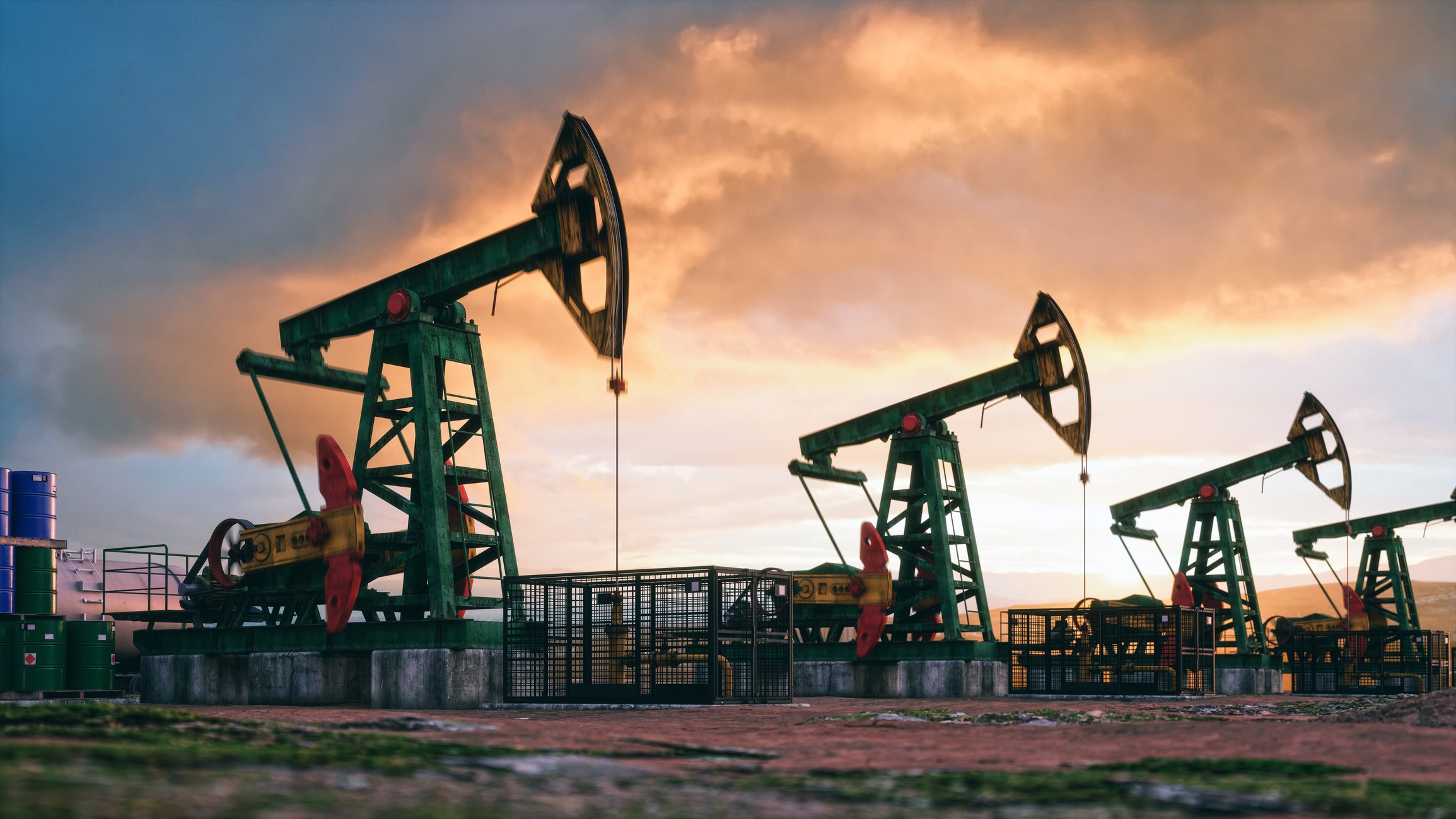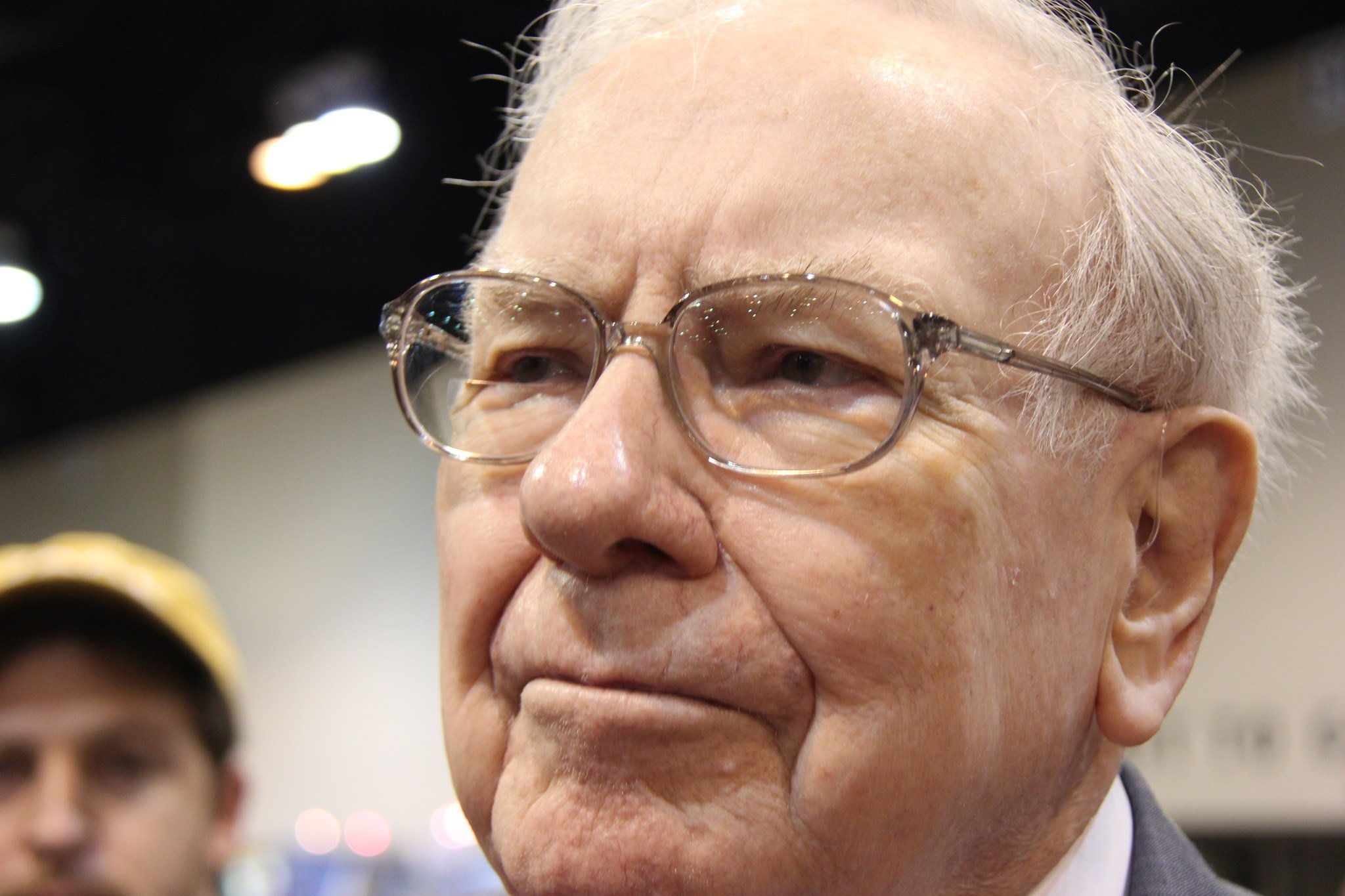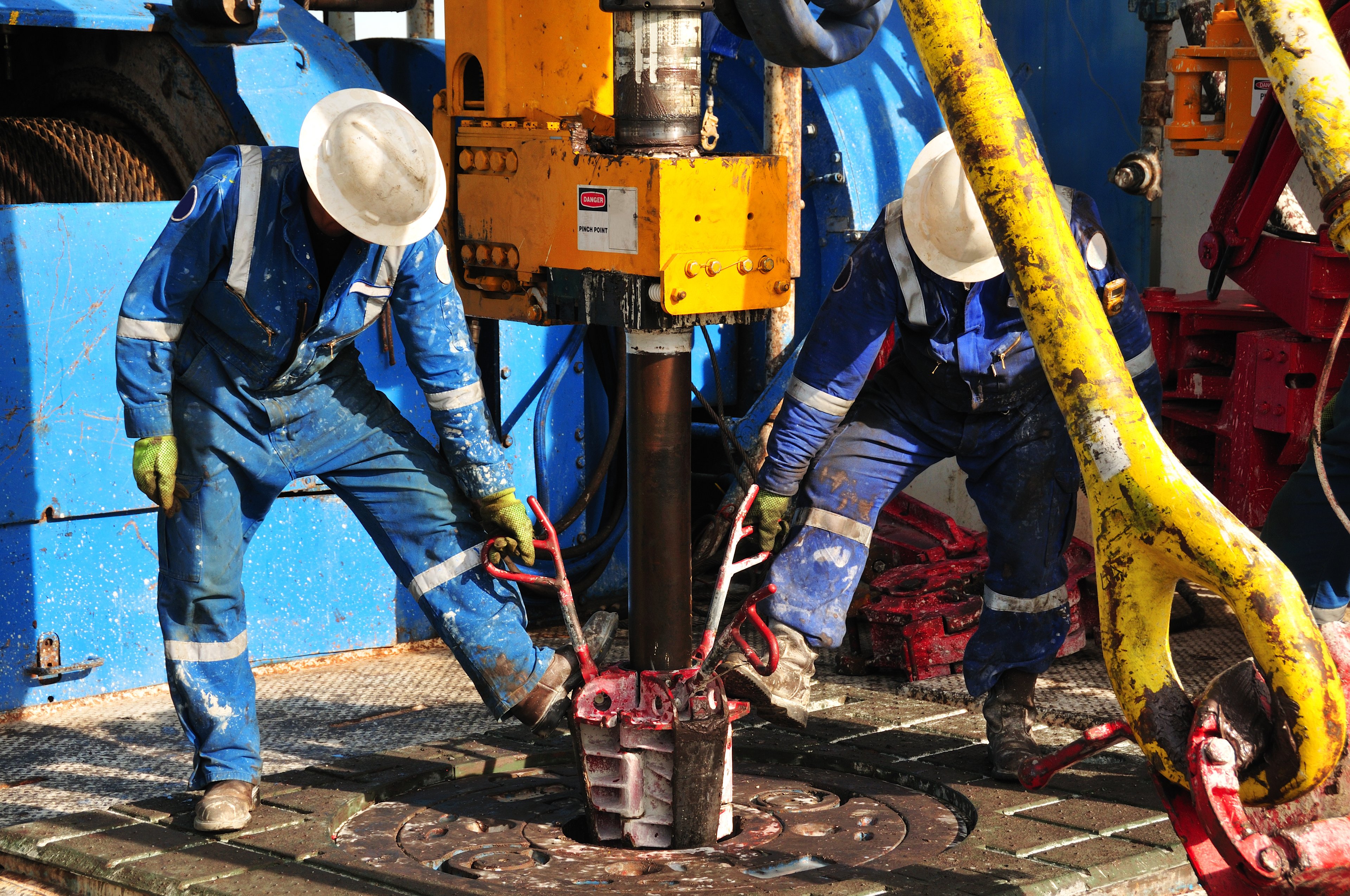With the market near all-time highs and the current economic expansion ranking as one of the longest in recorded history, it's not as easy as you might hope to find a 3% yield. But if you are willing to dig a little, you can do it. Here are two that come from opposite sides of the global debate about carbon: Chevron Corporation (CVX +0.04%) and TerraForm Power (TERP +0.00%). If you take a little time to understand the story here, you might actually find you like both these high-yield stocks.
Energy is king
Try to remember back to the last time you suffered through a blackout. It was probably related to severe weather and made you miserable. No light, possibly no heat, and if it lasted long enough you may have had to toss out all the food in your refrigerator. Even worse than all of that, you may not have been able to access the internet! That's actually not a joke, as without the internet many people can't do their jobs. That's what life is like without energy.

Image source: Getty Images.
That said, big changes are taking shape in the way the world creates and uses energy. For example, there is a shift toward clean power and away from carbon-based fuels. It's an important transition that will be decades in the making because it will simply take time to install all the needed infrastructure. While that's going on, the world will continue to need access to its old fuel sources.
As an investor, you shouldn't ignore either side of this equation. There's a huge growth opportunity in renewable power, like the kind TerraForm Power generates. And there's still years and years of demand left to support carbon fuels, like oil and natural gas, which are the core of Chevron's business. Dividend investors might find that owning both is the best way to deal with this transition.
Old, reliable, and carbon-heavy
Chevron offers investors a sizable 4% dividend yield backed by 32 years of annual dividend increases. The prices of oil and natural gas are the two biggest factors in determining this global energy giant's top- and bottom-line results. That's been bad lately, because there's a global glut of oil and gas due to expanded drilling in the United States. This has caused the prices of both fuels to linger in a relatively weak range. Chevron's third-quarter earnings fell roughly 35% because of weak energy prices. And shortly after the quarter ended, the company announced it would be writing down the value of its assets by as much as $11 billion in the fourth quarter. Historically low natural gas prices were a key factor in that decision.
But Chevron is built to deal with the ups and downs of the energy sector. For example, its financial debt-to-equity ratio was around 0.15 times based on its third-quarter balance sheet. That's low for any company and suggests strongly that Chevron will, at worst, muddle through the current industry headwinds. Meanwhile, investments the oil giant made in previous years are continuing to pay off, allowing it to increase production (around 3% to 4% a year over the near term) while spending relatively less on capital investments than its peers.
And since oil and natural gas are commodities, it's highly likely that supply and demand will even out over time. That's already starting to happen, with many U.S. onshore drillers starting to pull back and the OPEC oil group continuing to talk about production cuts. As these efforts progress, oil and gas prices are likely to solidify and perhaps even strengthen. Stronger energy prices would be a boon for Chevron's results. The key being that even though carbon is on the outs, the world still can't get along without oil and natural gas.
If you are big on the environmental, social, and governance (ESG) investing approach, maybe Chevron won't work for you. But if you believe that giving the world what it wants, and still needs, is a good thing, then Chevron and its 4% yield might just fit in your portfolio despite its dirty reputation.
Getting cleaner
The other side of the carbon equation is typified by companies like TerraForm Power. This company owns solar and wind power assets, largely selling the energy they generate under long-term contracts (the average remaining length of its contracts is about 13 years). It's a fairly stable business, as it stands today, offering a hefty 5.3% dividend yield. But there's a bit of a backstory that's worth understanding.
In 2017 Brookfield Asset Management (BAM +1.14%) stepped in and bought a controlling stake in TerraForm Power. This provided TerraForm a lifeline, because before that it had gone on a debt-fueled acquisition binge that didn't end particularly well. Brookfield, with over 100 years of experience managing infrastructure assets, came in and refocused TerraForm Power's approach. It is now, like Brookfield, centered on finding out-of-favor assets, operating what it owns at high levels, and expanding internally in an accretive way (for example, it is installing larger turbine blades on some of its wind farms to increase the productivity of these assets). It has also worked to strengthen its balance sheet. Having Brookfield as a backstop is a major advantage for TerraForm, allowing it to compete with larger peers while benefiting from Brookfield's sage guidance. This has already proven invaluable, but will continue to be important because renewable power remains a relatively small and fast-growing niche in the overall energy landscape. There are likely to be more high-yield names that end up falling flat because they overextend themselves, noting that TerraForm itself ended up cutting its dividend as it worked to get back on track. The risk that TerraForm Power will do that (again) is greatly diminished today.
CVX Dividend Yield (TTM) data by YCharts
In fact, now that it's turned things around, a key goal for TerraForm Power is to increase its dividend by around 5% to 8% a year. You get not only a generous yield but dividend growth, too. And while some investors might worry that the company is currently paying out most of its cash available for distributions as, well, distributions, the goal is to get that down to 80% to 85%. And the current payout ratio of around 100% is actually an improvement, so the trend is going in the right direction (proving again that Brookfield has TerraForm Power on the right track).
For investors interested in clean energy, this high-yield name is worth a closer look as it continues to become a better and better company. That, in turn, will help it navigate, with the help of an experienced parent, a still-emerging industry space.
One, the other, or both?
"Oil is bad and clean energy is good" is too simple a thought process. Chevron is focused on dirty oil and natural gas and is dealing with an industry malaise, but the world still needs what it produces, and it has the financial strength to survive the current weak patch in energy. You can collect a 4% yield while you wait for supply and demand to balance out. Meanwhile, clean energy player TerraForm Power offers a desirable 5.3% yield backed by an increasingly solid business. But the history here shows that renewable power isn't a slam dunk investmentwise. You need to be cautious in the renewable power space because the global shift toward clean energy is still in its early days. Which is why you might want to own both Chevron and TerraForm Power, giving your portfolio exposure to the old and the new...and two fat yields.








